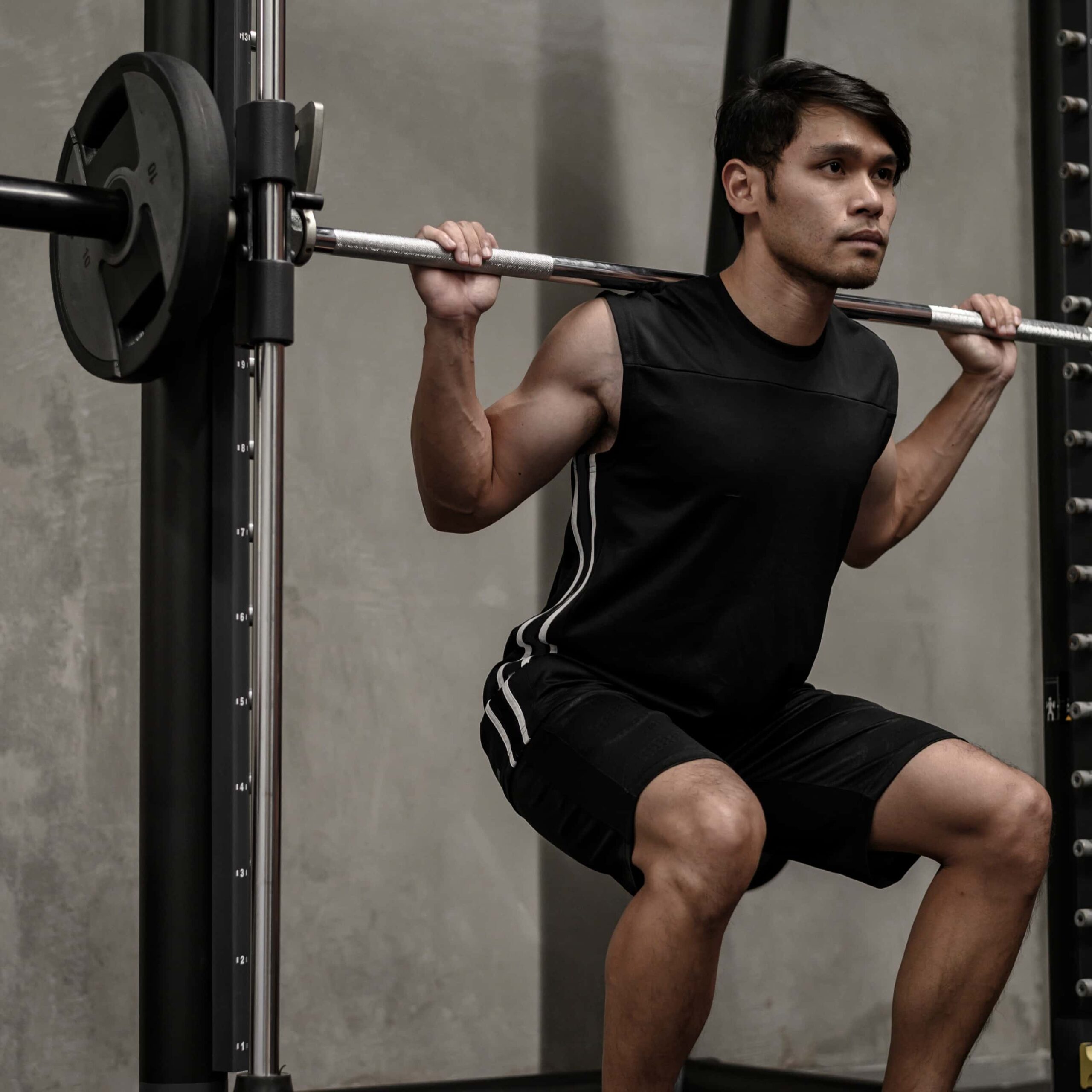The Benefits of Isometric Exercise
12th Apr 19

Isometrics are exercises that follow the principle that instead of moving, your muscle and joints stay tense for a more extended period. This is a strange type of exercise but it’s not unheard of, and you may have already used it in your training without even realising.
Benefits
Muscles and joints are still
The premise behind it is that your muscles and joints are not moving as you tense the relevant body part. Instead, you hold an exercise at the point where the contraction is greatest for a period of time.
This is rare to see but it does have its own benefits and can help in a few different ways. It can be good for building on particularly weak parts of your lifts or even recovering from injury, as well as maintaining a good level of strength.
It’s also a fantastic way to get a lot of blood flowing through to that specific muscle you’re training. If you want to push yourself, it’s highly effective at the end of a workout set – you will feel it in your muscles.
Strength, not size

The size of the muscle you are training is not a big factor when it comes to isometrics. Since you aren’t creating micro-tears in your muscle as you would do with eccentric and concentric movements, you aren’t going to have to build upon what is already there. Especially not like you would see from weight training in other ways.
Maintenance is an excellent benefit of isometrics though, as your muscles are still using what you already have, and this can be ideal if you’re suffering from an injury or you don’t have much time to do full workouts for any reason.
Stabilisation
The main benefit when looking at isometrics is what it does for you in the long run. Development in size is obviously not a huge factor, but that doesn’t mean that this type of exercise won’t have a positive impact. Keeping your muscles engaged without moving means that you can dramatically improve your stability.
The muscles in your core, upper and lower body are in charge of keeping you balanced throughout different movements. Because they are staying under tension during isometric exercising, it’s these muscles that see the most significant benefits!
Examples
Thinking of isometric exercises might be a little bit tricky at first, but there are more than you think. And if you think about it, a lot of yoga and pilates workouts will involve isometric exercises.
Below we’ve compiled a list of a few of the basic isometric exercises.
Plank
The most obvious isometric exercise and one of the most effective is the plank. It’s famous for a reason, and it really helps develop your core strength and your abdominal muscles. It’s a great way to stay in shape and develop that stability we talked about earlier in the article.
Hang

Hanging exercises are another excellent way to develop your strength too. Possibly even more so if you can’t perform chin ups or pull ups well, if at all. The muscles involved for such movements are often forgotten about, but like this, you will be able to train them properly. Usually, these are the muscles that act as support for other groups, so you don’t get to work on them directly.
Bridge

We’ll finish off with bridges. Another awesome exercise for your core strength as well as your legs this time, they help you balance and develop your whole posterior chain.
These exercises are amazing examples of how you can get the most out of isometric exercise. But it’s important to note that a lot of other workouts can easily become isometric! During an exercise, if you hold your position during its peak contraction, like the top of a bicep curl or the bottom of a squat, you’re good to go!
Before beginning any exercise or nutrition program, consult your physician, doctor or other professional. This is especially important for individuals over the age of 35 or persons with pre-existing health problems. Exercise.co.uk assumes no responsibility for personal injury or property damage sustained using our advice.
If you experience dizziness, nausea, chest pain, or any other abnormal symptoms, stop the workout at once and consult a physician or doctor immediately.









